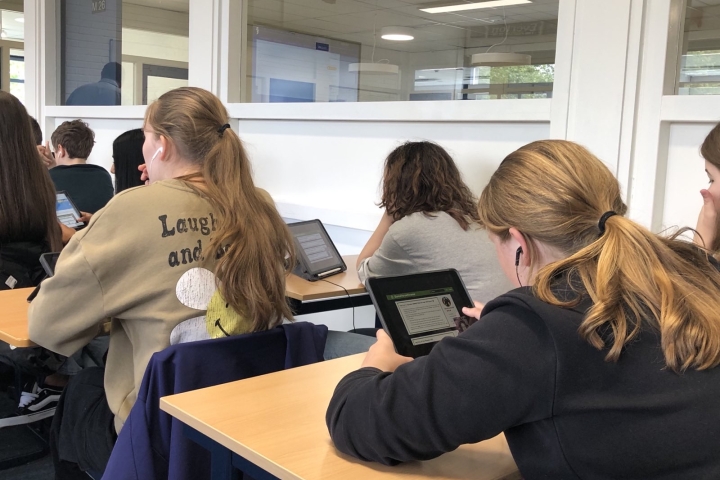The Cyberthreat Handbook: 'Who's Who' of Cyberattackers
Thales and Verint recently presented the Cyberthreat Handbook, aiming to provide insights into the most significant groups of cyberattackers through detailed rating cards. After a year-long investigation, teams of analysts from the two organisations have produced detailed profiles of about 60 major groups of cyberattackers by studying 490 attack campaigns they have perpetrated throughout the world. With the release of The Cyberthreat Handbook, Thales and Verint are publishing their observations about the attack techniques used, the sectors most frequently targeted and the motives of the attackers, and offering recommendations to cybersecurity stakeholders for the coming years.
The report defined four major categories of attackers based on their motives and ultimate objectives. Out of approximately sixty major groups of attackers analysed, 49% are state-sponsored groups often aiming to steal sensitive data from targets of geopolitical interest. 26% are ideologically motivated hacktivists, closely followed by cybercriminals (20%) who are driven by financial gain. In fourth position, cyberterrorists account for 5% of the groups analysed.
All the world's major economic, political and military powers are priority targets of cyberattackers. The 12 countries in the world with the highest GDP are all at the top of the list of targets, headed by the United States, Russia, the European Union (particularly the United Kingdom, France and Germany) and China, followed by India, South Korea and Japan.
The sectors most targeted by these major attacks are States and their defence capabilities, followed by the financial sector, energy and transportation. Attacks towards medias and health industry are increasing fast.
Last but not least, a growing number of groups of attackers are now focusing on vulnerabilities in the supply chain, and in particular on smaller partners, suppliers and service providers that are used as trojans to access major targets.
More information and access to the full report here.






















